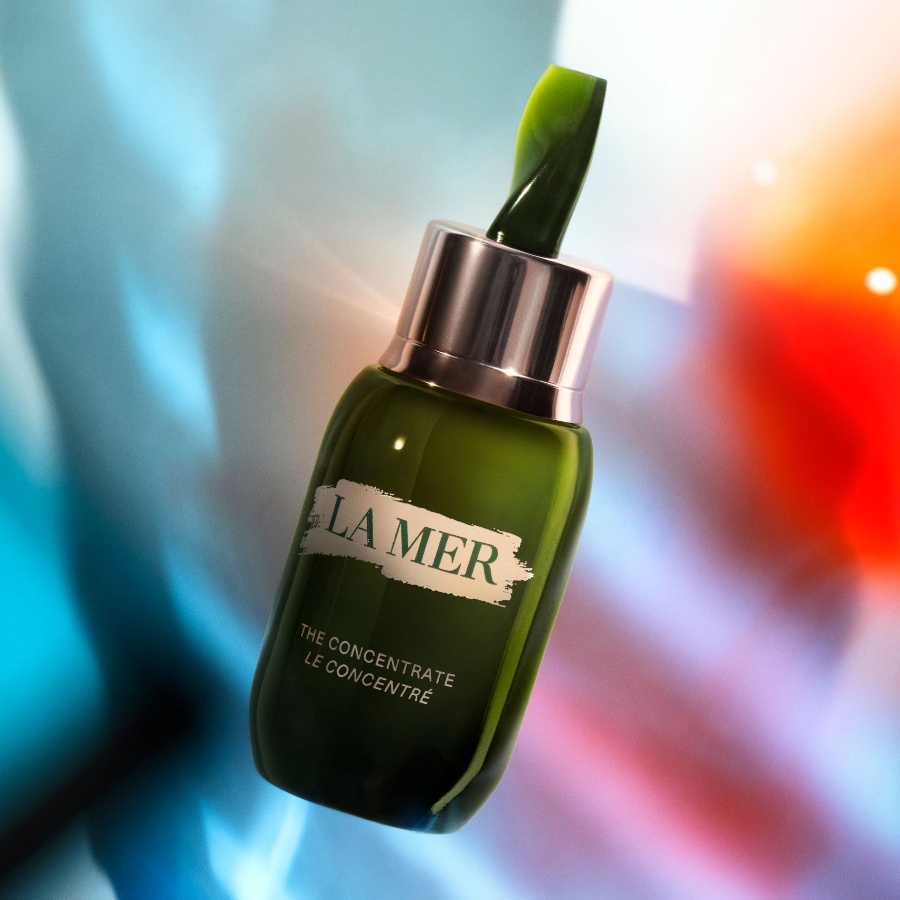Move over, Botox and fillers, there’s a new injectable in town that even dermats can’t stop recommending. Polynucleotide boosters, made with salmon DNA, are currently all the rage at skincare clinics, promising to boost collagen, increase elasticity, and improve the hydration and thickness of your skin by working at the cellular level. But is the trend worth the jab?
Fishing for good skin
Polynucleotides occur naturally in all living things, and are a fundamental part of our bodies. Fish polynucleotides act as an injectable biostimulator, boosting the production of the good stuff within your skin that keeps it looking supple and young. “Salmon DNA fragments are like a secret sauce for your skin, supercharging fibroblasts to boost collagen production,” explains Dr Kiran Sethi, skincare expert and founder of Isya Aesthetics in Delhi. “In my view, it is the future of skincare—merging science and nature for seriously transformative results.”
Unlike other injectables, these boosters are great for areas like the neck and under-eye area, spots where skin tends to thin out and show signs of ageing first. Especially in cases where skin has lost elasticity and fillers would make the area sag further, these boosters help stimulate the production of elastin and collagen, resulting in major improvements in texture and appearance. “Most of my clients in their 40s, 50s, and 60s are seeing incredible results with this treatment,” adds Dr Sethi. “Even if you’re in your 30s and dealing with thin under-eye skin, this can make a big difference.”
Filler or fish?
Unlike fillers and Botox, these boosters don’t fill or relax muscles. They’re all about improving your skin from the inside out, making it softer and more supple. Side effects are rare and minor, like mild sensitivity or a slight allergic reaction. “The changes are gentle and natural-looking—no need to worry about ending up with ‘filler face’,” explains Dr Sethi.
Of course, she continues, if you are allergic to seafood, suffer from an autoimmune disorder, have an active skin infection, or are pregnant or breastfeeding, you should definitely avoid this treatment.
And how long do the results last? That depends on factors such as one’s lifestyle and metabolism, according to Dr Sethi, but you can go for six months to a year before you need to top it up. “You’ve got to basically do the treatment over a course of three to four sessions, followed by maintenance between three to six months,” she says.




